People don’t understand how big of a deal this is.


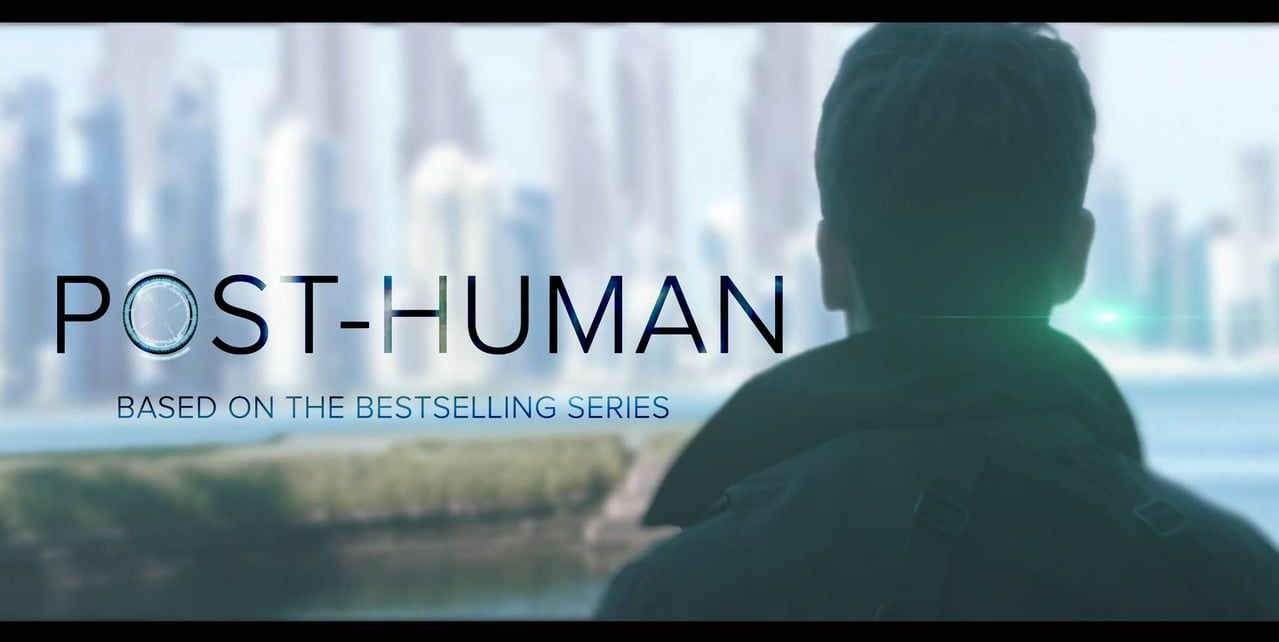
Post-Human is a scifi proof-of-concept short based on the bestselling series of novels by me, David Simpson. Amazingly, filmed over just three hours by a crew of three, the short depicts the opening of Post-Human, drawing back the curtain on the Post-Human world and letting viewers see the world and characters they’ve only been able to imagine previously. You’ll get a taste of a world where everyone is immortal, have onboard mental “mind’s eye” computers, nanotechnology can make your every dream a reality, and thanks to the magnetic targeted fusion implants every post-human has, everyone can fly (and yep, there’s flying in this short!) But there’s a dark side to this brave new world, including the fact that every post-human is monitored from the inside out, and the one artificial superintelligence running the show might be about to make its first big mistake. wink
The entire crew was only three people, including me, and I was behind the camera at all times. The talent is Madison Smith as James Keats, and Bridget Graham as his wife, Katherine. As a result of the expense of the spectacular location, the entire short had to be filmed in three hours, so we had to be lean and fast. What a rush! (Pun intended).
The concept was to try to replicate what a full-length feature would look and feel like by adapting the opening of Post-Human, right up to what would be the opening credits. Of course, as I was producing the movie myself, we only had a micro-budget, but after researching the indie films here on Vimeo over the last year, I became convinced that we could create a reasonable facsimile of what a big-budget production would look like and hopefully introduce this world to many more people who aren’t necessarily aficionados of scifi exclusively on the Kindle. While the series has been downloaded over a million times since 2012, I’ve always intended for it to be adapted for film, and I’m excited to have, in some small measure, finally succeeded.
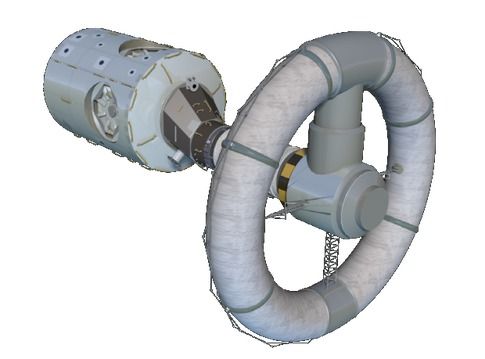
There are some very inexpensive ways of testing human effects of spinning motions and artificial gravity in space. We could probably do our first tethre based experiments, and our first short arm centrifuge experiments in space as well, within a year or two of deciding that this is a priority project.
But as for building such a module — it would be expensive to do the module — depending how it works. But not impossibly so. They actually had an idea to do this, the Nautilus X ISS demo, costed as between $83 million and $143 million at the time (2011) and requiring three years to develop, so if they had started then, it would be in space by now:

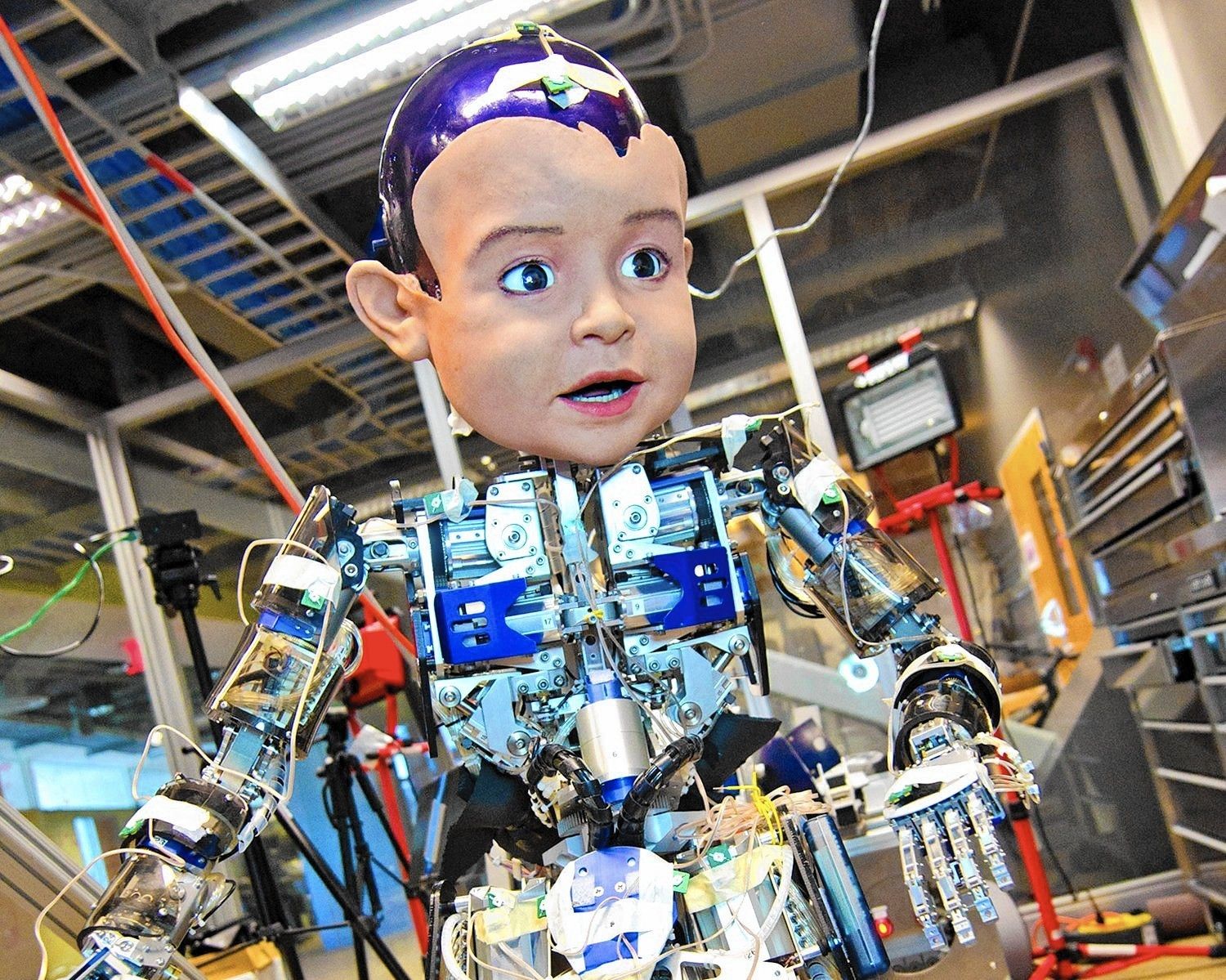
UC San Diego is establishing a robotics institute aimed at developing machines that can interpret such things as facial expressions and walking styles and size up people’s thoughts, actions and feelings.
The See-Think-Do technology is largely meant to anticipate and fulfill people’s everyday needs, especially for the growing number of older Americans who want to remain in their own homes instead of moving into an assisted-living facility or nursing home.
Engineers also envision creating robots so good at sizing up people, places and situations that they could help evacuate crowds from dangerous areas and pick through the rubble of an earthquake in search of survivors.
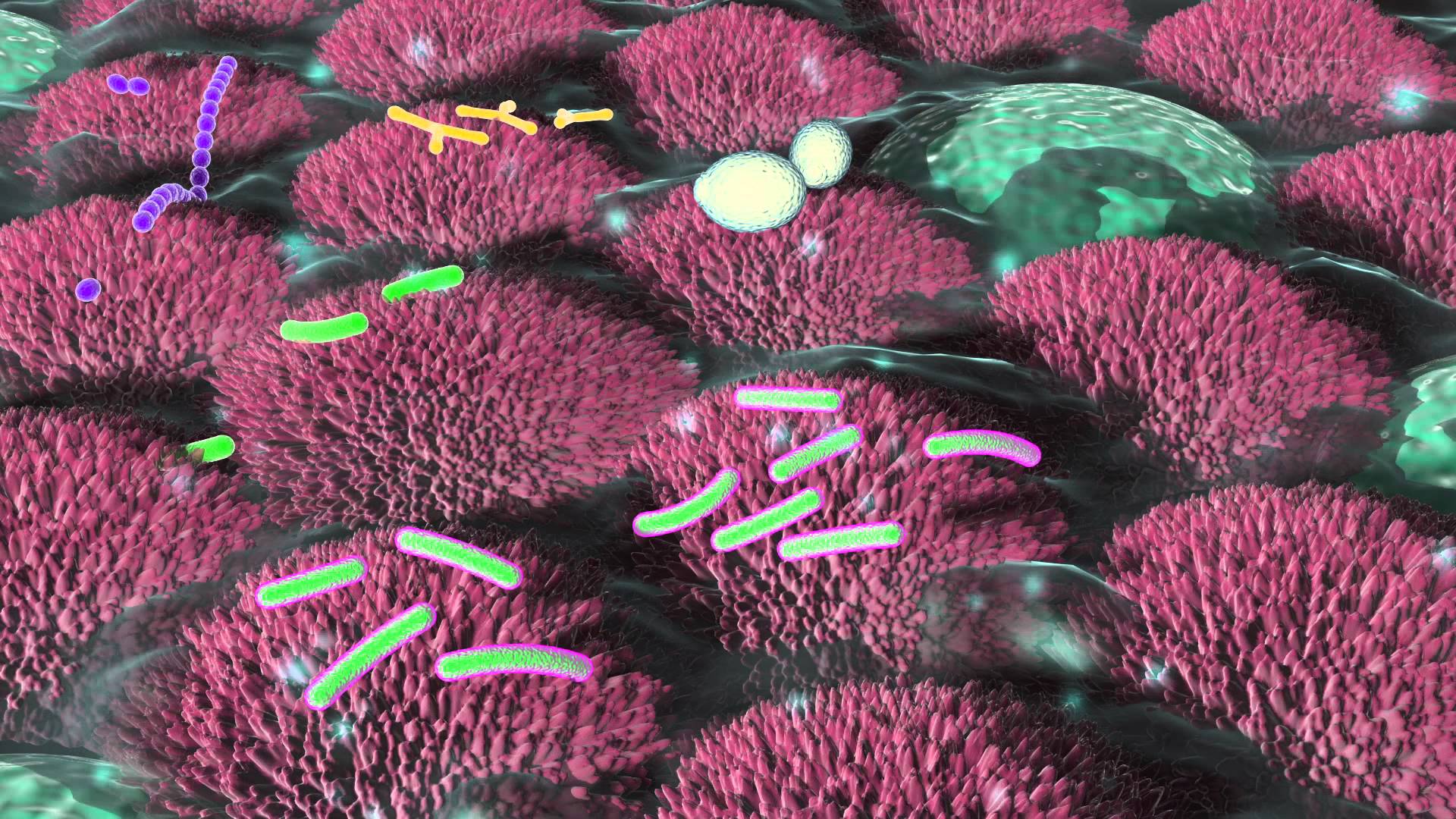
Forty-eight scientists from 50 institutions in the U.S. have formed the Unified Microbiome Initiative Consortium (UMIC). The scientists envision a coordinated effort spanning national cross-institutional and cross-governmental agency support with the goal of driving forward cutting-edge microbiome research, enabling breakthrough advances in medicine, ecosystem management, sustainable energy, and production of commodities. Their proposal was published online in the journal Science on Oct. 28.
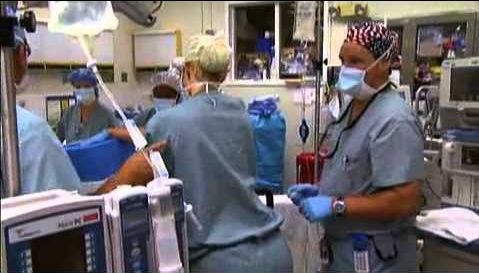
Video streaming by http://www.AllthingsScience.com Oxycyte: Artificial Blood better than the real blood!
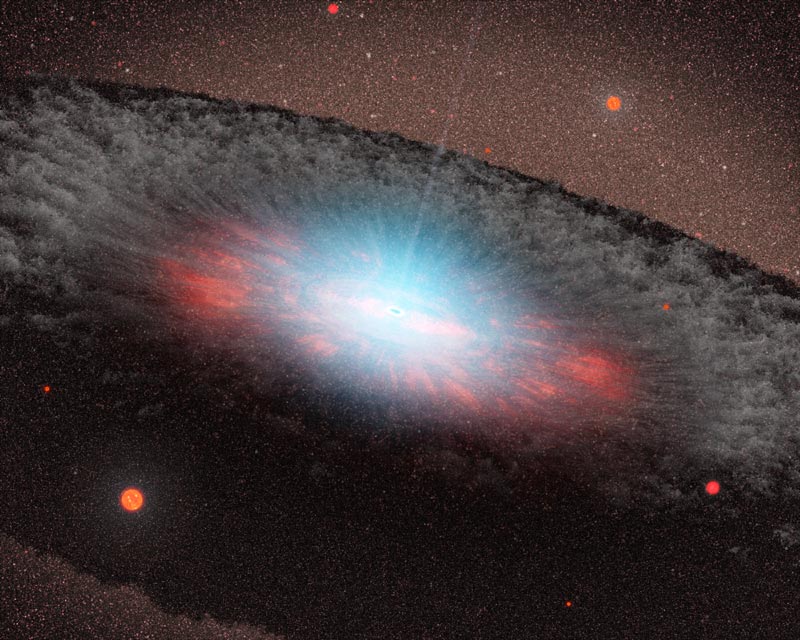
Black holes have long captured the public imagination and been the subject of popular culture, from Star Trek to Hollywood. They are the ultimate unknown – the blackest and most dense objects in the universe that do not even let light escape. And as if they weren’t bizarre enough to begin with, now add this to the mix: they don’t exist.
By merging two seemingly conflicting theories, Laura Mersini-Houghton, a physics professor at UNC-Chapel Hill in the College of Arts and Sciences, has proven, mathematically, that black holes can never come into being in the first place. The work not only forces scientists to reimagine the fabric of space-time, but also rethink the origins of the universe.
“I’m still not over the shock,” said Mersini-Houghton. “We’ve been studying this problem for a more than 50 years and this solution gives us a lot to think about.”